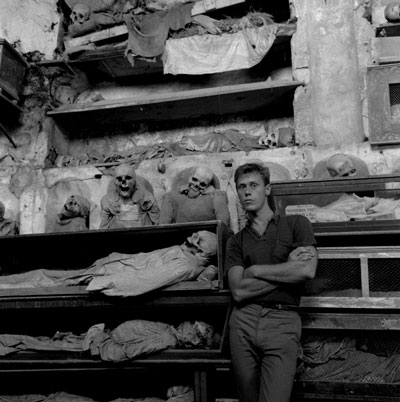Thursday, March 1, 2012

Omnipresence, Overdrive
Elisabeth Sussman at the media preview (speaking for herself and co-curator Jay Sanders): "We share a common problem. We know exactly what we want to do, and we want to do everything all the time.”
Everything is just about as hard to do as Nothing. Together they form a daunting dialectic, a binary of either total presence or total absence, total immersion or total negation, the one essentially necessitating its opposite. It seems a reasonable starting point for the alternate filling/emptying of a museum with images, sounds, light and action. With an emphasis on exploration and process, on film programs for each artist screened for one week, dance companies in residence for two weeks, itinerant musical and fashion performers, a polymorphous pursuit of recombinant activity, the 2012 Biennial exists on the heady continuum of Be Here Now/Be Here Never/Be Here Always. It's the Baba Ram Dass of exhibitions and would happily Catalog the Whole Earth if you let it. With artwork that generously bleeds into realms of the organic, the scientific and the encyclopedic, this Biennial is also the closest in recent memory to connote a contemporary Wunderkammer.




